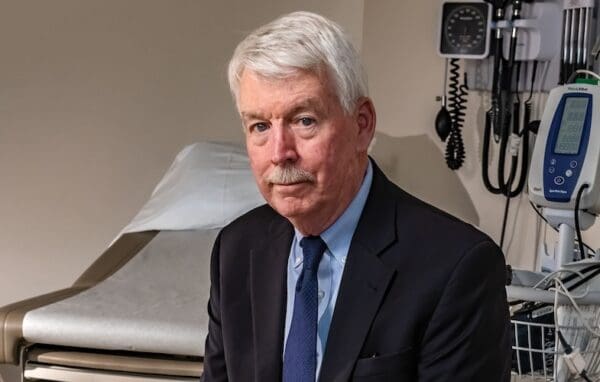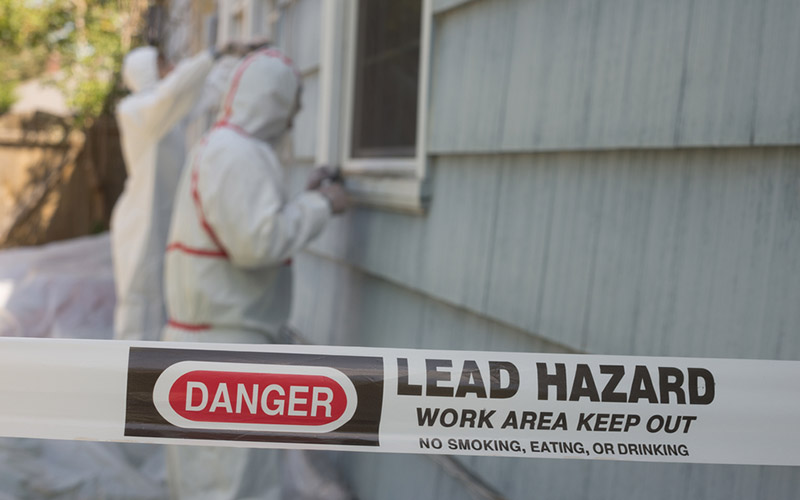
Lead poisoning is stealing children's future – but we have the ability and tools at the reach of our hands to fix that today. Photo: Shutterstock.
As parents, we all want the best for our kids. We want to see them running around happily, thriving in school, and dreaming big about their futures. Every child in New Hampshire deserves a chance to grow up healthy and strong, to reach their full potential without barriers standing in their way.
But right now, an invisible threat robs too many children of that promise. Lurking in the paint and the pipes of many of our homes is lead – a silent toxin that poisons our children’s bodies, minds, and futures.
A newly released state report lays bare a sobering truth: In 2023, 1,142 children in New Hampshire were poisoned by lead. This is the highest number since the state began requiring blood lead testing for one- and two-year-olds. But lead poisoning is entirely preventable – these children didn’t have to be poisoned.
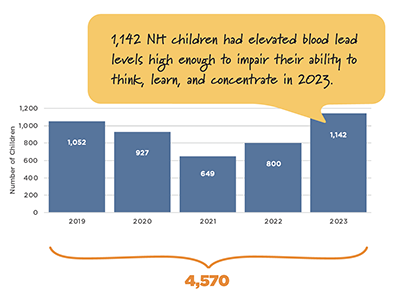
A Crisis We Cannot Ignore
When I read this report, my heart broke. Nearly 350 more children were poisoned in 2023 than the year before – a 42% increase in just one year. And we know the actual numbers are likely much higher because not all children are being tested.
What hit me hardest was the inequity in who’s being poisoned. Children of families living with lower incomes – in particular those insured by Medicaid – are more than twice as likely to be affected. This includes babies – kids just learning to walk and talk, eager to explore the world around them. And before they even have a chance, lead poisoning is stealing their future.
As a mom, I can’t imagine the heartbreak of knowing my child might not be able to learn, focus, or dream big because of a threat hiding in our own home.
What’s at Stake?
Lead poisoning is a thief. It steals potential, opportunity, and the simple joys of childhood. It damages developing brains, leaving children struggling to concentrate in school and to navigate their emotions. The effects are permanent, indiscriminately robbing children of the futures they deserve.
And the costs extend beyond families. These children grow up to face challenges that ripple through our communities – affecting not only their futures but also our collective prosperity. Schools spend more on special education, and healthcare systems bear the costs of managing the long-term effects of lead exposure. New Hampshire loses millions of dollars in lifetime earnings from children who were poisoned.
But here’s a truth that gives me hope: this crisis is entirely preventable.
What’s Causing This Crisis?
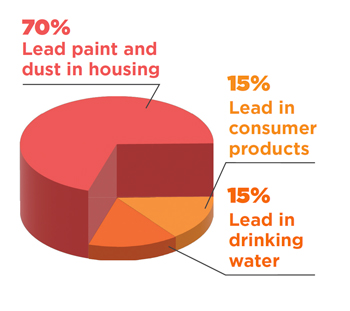
At the heart of this crisis lies New Hampshire’s aging housing stock. Over half of our homes were built before 1980 – when lead paint was commonly used. Today, lead paint and the dust it creates cause 70% of childhood lead poisoning cases in the state.
For years, parents, community leaders, and organizations – including CLF – have fought for stronger lead laws, pushing for better testing, stricter protections, and increased accountability. Thanks to their advocacy, New Hampshire laws require blood lead testing for one- and two-year-olds. But testing rates remain far too low, and many children are falling through the cracks. Without testing, we’re flying blind – unable to identify the full scope of the problem or protect children before it’s too late.
New Hampshire’s lowest-income families bear the brunt of this crisis. One in 10 children insured by Medicaid has elevated blood lead levels. This means they‘re twice as likely to suffer lead poisoning. But lead doesn’t discriminate – it affects families of all income levels, across the state.
The Benefits of Lead-Free Homes
Imagine what’s possible if we solve this crisis. Lead-free homes mean more than the absence of a toxin – they mean kids who can focus on school, parents who can rest easy, and communities where every child has a higher chance to thrive.
When children grow up in safe, lead-free homes, they’re not just healthier – they’re better equipped to excel in school, have productive lives, pursue their dreams, and contribute to their communities.
Removing lead hazards strengthens families and builds a brighter future for everyone. It’s about creating safe homes, neighborhoods where children can play without fear, schools where students can learn without barriers, and a state that invests in the health and potential of its youngest residents.
We cannot afford to let this crisis continue.
Solutions That Protect Our Kids
As a parent, there’s an indescribable dread that sets in when you sense something threatens your child – a mix of anxiety and urgency that floods your body. That’s how I feel about lead poisoning. I can’t see it. I can’t smell it. But I know it could be there, lurking in many of our homes.
The latest numbers on lead poisoning really made me angry. We’ve known about lead’s dangers for decades. We know how it poisons children, leaving them with devastating lifelong consequences. And we know the solutions, too – they are simple. And yet, kids continue to get sick as we drag our feet on implementing solutions.
Enough!
We cannot let another child suffer from something we can prevent. The only thing missing is action.
That’s where we come in. By turning that dread into action – calling our legislators, showing up, and demanding change – we can end this crisis.
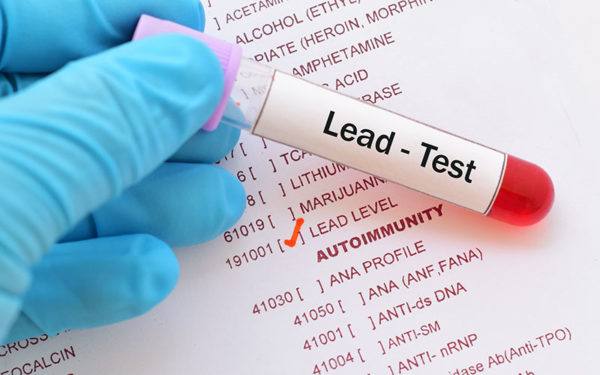
The state’s new report is a wake-up call. We need to invest in lead poisoning prevention and remove lead before kids get sick. Taking action only after kids are poisoned is wrong. New Hampshire can take bold action this year by passing HB 724. This bill would tackle lead poisoning at its roots. Here’s what it includes:
- Inspect homes more thoroughly: If one unit in a multi-family building is found to have lead hazards, the entire building will be inspected to protect all families living there.
- Ensure safe renovations: Contractors working on older homes must use lead-safe practices to prevent dangerous lead dust from spreading during repairs.
- Make older homes safer by default: Homes built before 1978 – when lead paint was banned – will automatically be considered as containing potential lead hazards, making everybody aware of this hidden threat.
These measures – at no cost to the State – will save lives, protect families, and create a foundation for healthier, stronger communities.
A Call to Action: For Our Children’s Futures
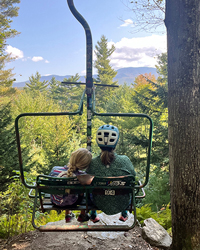
As a mother, I know how much is at stake. This isn’t just about my child or yours – it’s about every child in New Hampshire. It’s about the kindergartner who deserves to make friends and learn without struggling to focus. It’s about the third grader whose dreams of becoming an athlete or a firefighter should never be overshadowed by an avoidable health crisis.
But it’s also about today. So that when our kids come home from school, they return to a house that keeps them safe – not one that puts them at risk.
The time to act is now. This proposed law is our chance to protect our children, address inequities, and build a healthier future for New Hampshire. I urge every parent, every lawmaker, and every community member to join me in this fight.

